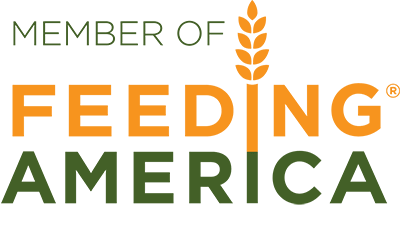Reading Nutrition Facts Labels
Knowing how to read a nutrition facts label is a simple, but very important skill. Here are a few tips on how to properly read a nutrition label:
- Look at serving sizes
The information that is on the nutritional label is based off a single serving. Pay attention to the servings per container and serving size. The typical serving size will be in measurements like cups, grams, ounces, and pieces.
- Check the calories
The number of servings you eat will determine how many calories you consume. Everyone requires a different number of daily calories, and this number is based on someone’s age, gender, and activity level. You can visit www.ChooseMyPlate.gov to find your specific calorie needs.
- Nutrients
The nutrients at the bottom of the nutrition label are nutrients that improve our health. These nutrients include dietary fiber, vitamin D, calcium, iron, and potassium. When reading a nutrition label, look for foods that have 10% or more in the %Daily Value column.
- Limit these
Limiting fat, sodium, cholesterol, and added sugars are important. Eating to much of these items can increase the risk of disease like diabetes, obesity, heart disease, high blood pressure, and some cancers.
- % Daily Value
This value is based on a 2,000-calorie diet. This allows someone to see if the nutrients in that particular food contribute to their daily intake. It also allows someone to see if that food has a high concentration of the items we want to limit. Someone’s %Daily Value may be higher or lower than what is on the nutrition label based on their caloric needs.
- Ingredient’s list
The ingredients are listed on the nutritional facts label from the highest amount to the lowest amount. For example, if sugar is the first ingredient, that means sugar makes up most of the food. It is a good rule of thumb to stick with foods that have only a few ingredients and ingredients that you can actually pronounce! Some ingredients can be additives and fillers that we would be better off not consuming.
